Wine collectors, importers, and restaurateurs across the US are reevaluating their purchasing strategies as President Donald Trump threatens to impose a 200% tariff on European wines and spirits.
The proposed trade measure, part of escalating tensions between the US and the European Union, could significantly increase prices for imported wines, leading to uncertainty in the market.
Steven Nordhoff, a California-based wine enthusiast, typically spends around $25,000 annually expanding his 2,500-bottle collection, favoring premium selections from Italy and France. However, the looming tariff has led him to pause his purchases.
“I have enough,” Nordhoff said. “So if somebody said it’s a 200% tariff, I guess I’m laying off those for a while. I’ll drink what we have.”
Other collectors are taking similar approaches, with some opting to store purchases overseas until the tariff situation is clarified. Guy Willings, founder of French wine wholesaler L’Assemblage, noted that nearly half of his American clients are choosing to warehouse their purchases in London rather than risk excessive costs.
For businesses dependent on European wine imports, the tariff threat is already influencing operations. Michael Foulk, a New York-based wine importer, has temporarily halted all shipments from the EU, as European wines make up 90% of his company’s $5 million in annual sales.
“If these tariffs are implemented even for a day, and I have the unfortunate luck of having any of those orders hit customers while the tariffs are in place, those wines are unsellable,” Foulk explained.
Restaurants are also adjusting their stockpiling strategies. L’abeille, a Michelin-starred restaurant in New York, is moving from just-in-time inventory management to bulk purchasing, securing a 12,000-bottle supply of Bourgogne blanc across its three locations. Similarly, Villa Berulia, an Italian-Croatian restaurant in Manhattan, is taking advantage of its basement storage space to stock up on European imports before potential price hikes.
This is not the first time wine tariffs have disrupted the industry. In 2019, the Trump administration imposed a 25% tariff on certain European wines, which lasted over a year and a half, causing supply chain disruptions and price increases.
That experience has left many industry professionals cautious. Todd French, founder of the WineBerserkers forum, planned to invest in 2022 Bordeaux futures for his personal collection but has decided to wait.
“Why would you commit yourself to a price that could be variable, when you can just wait it out?” he said.
While many are holding off on purchases, some consumers are rushing to buy before the potential tariffs take effect. Jake Jacobs, owner of Carolina Wine Merchants in North Carolina, reported a surge in customers seeking to stock up on French, Italian, and Spanish wines.
“I’m using the threat of tariffs,” Jacobs admitted. “And it’s kind of working.”
Investors are also making calculated decisions. Rob Arnott, founder of investment firm Research Affiliates, recently placed an $18,000 order, ensuring that his wines would arrive before April 2, the date Trump has suggested for imposing new reciprocal tariffs.
“I don’t want to spend $60,000,” Arnott said.
The potential 200% tariff on European wines is part of a broader transatlantic trade dispute. The European Union has threatened retaliatory measures, which could target American industries, including Kentucky bourbon. French officials, however, have urged the EU to exclude bourbon from its response, fearing further economic strain on both sides.

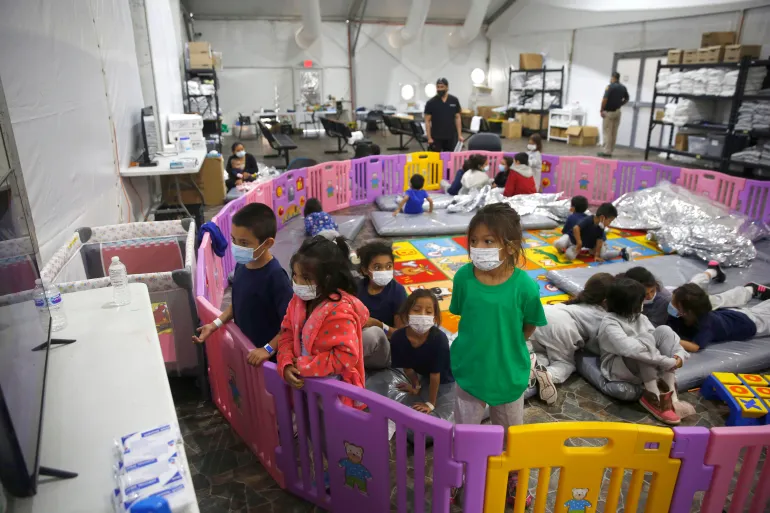
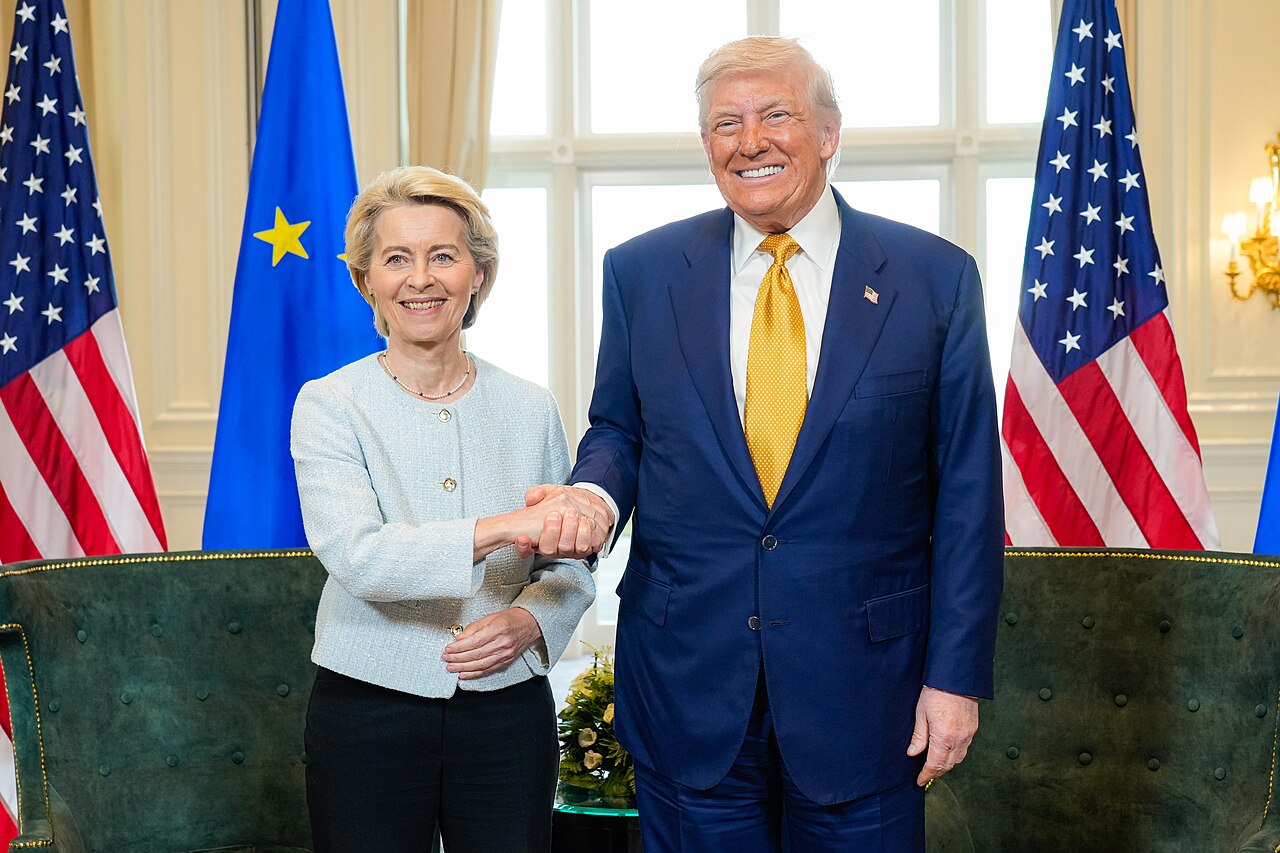

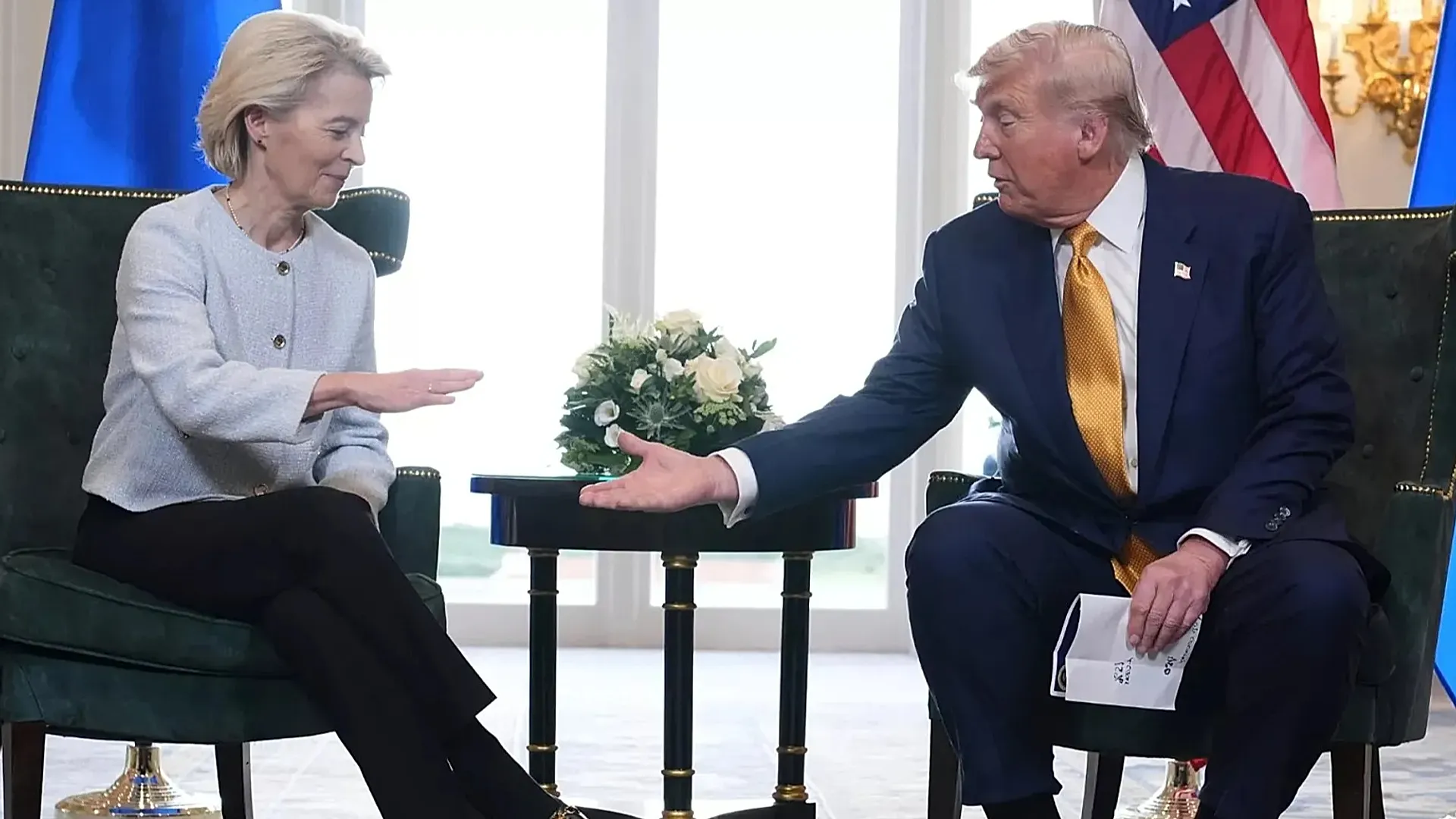
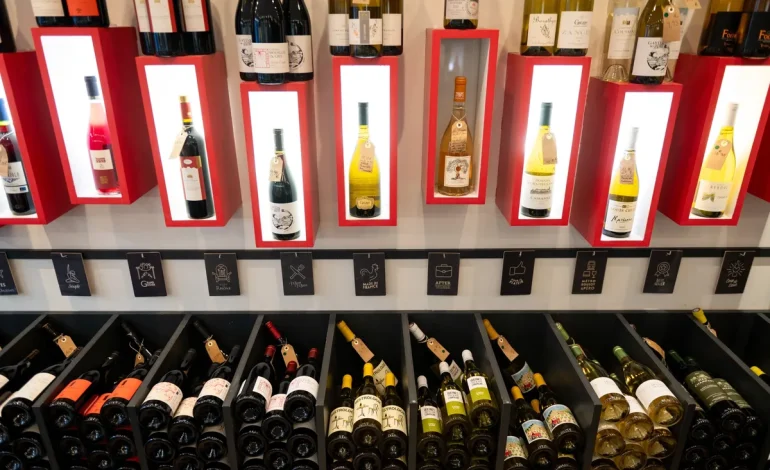

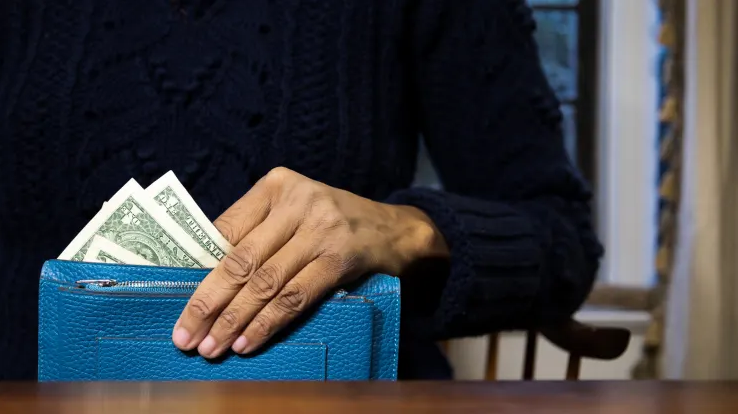
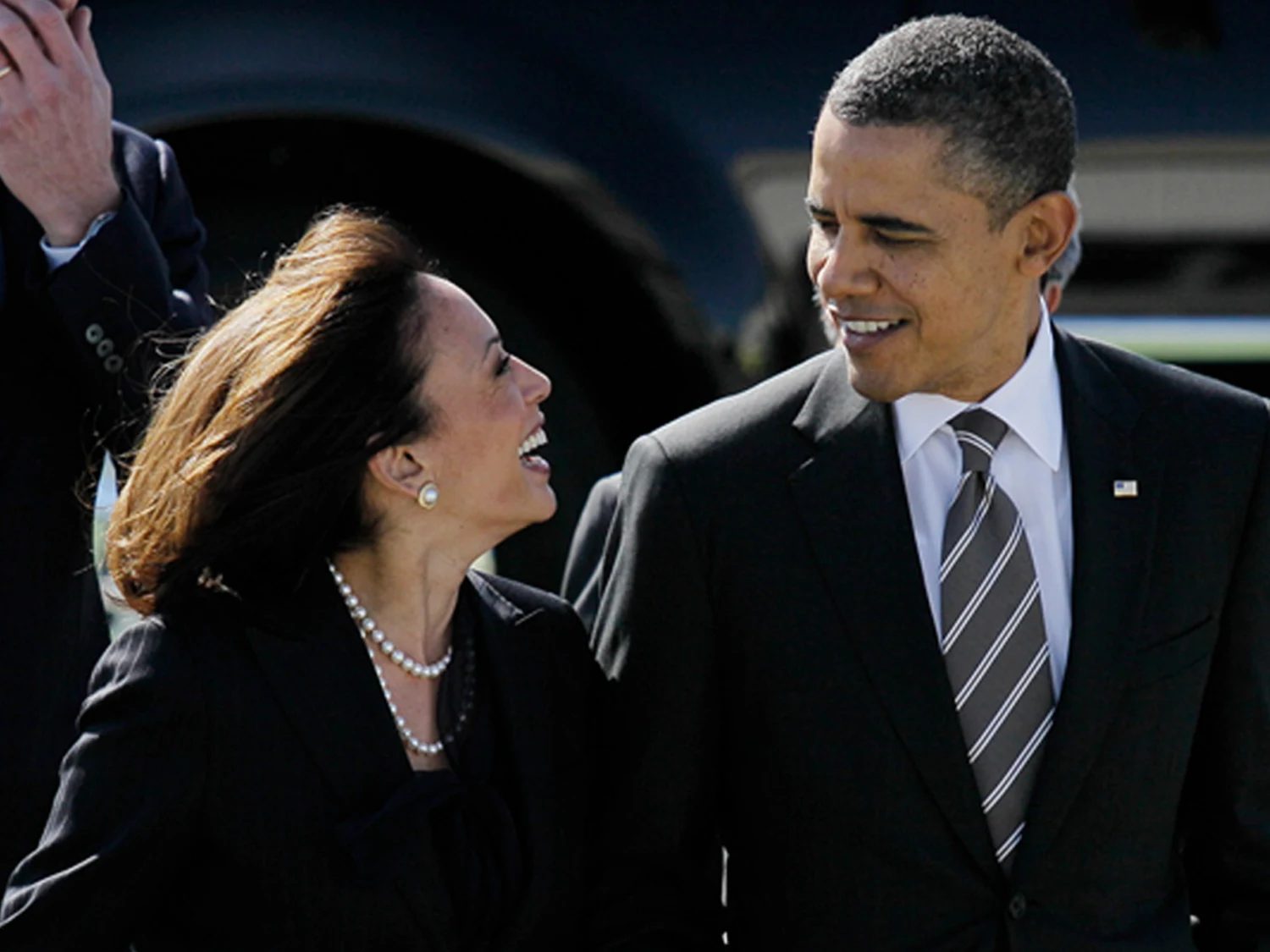
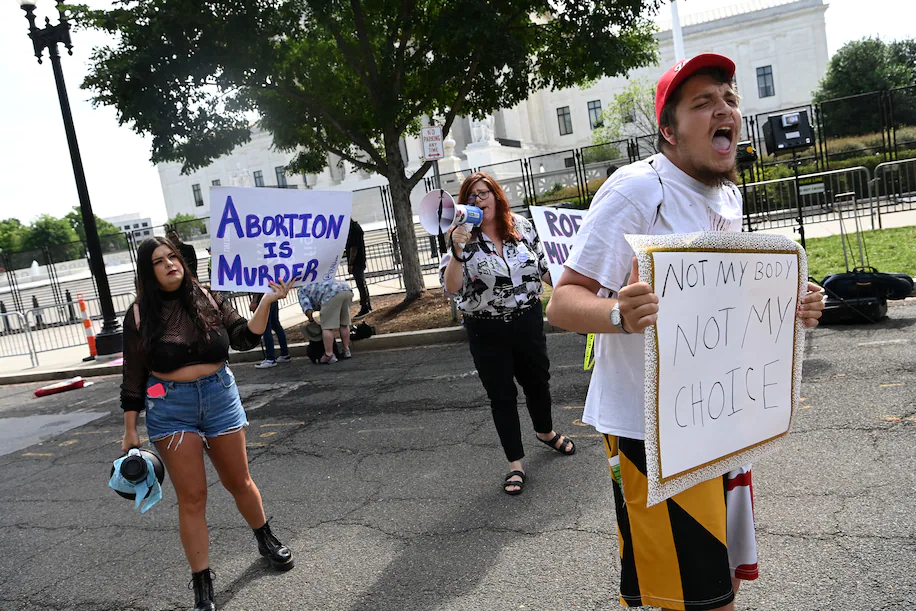
The latest news in your social feeds
Subscribe to our social media platforms to stay tuned